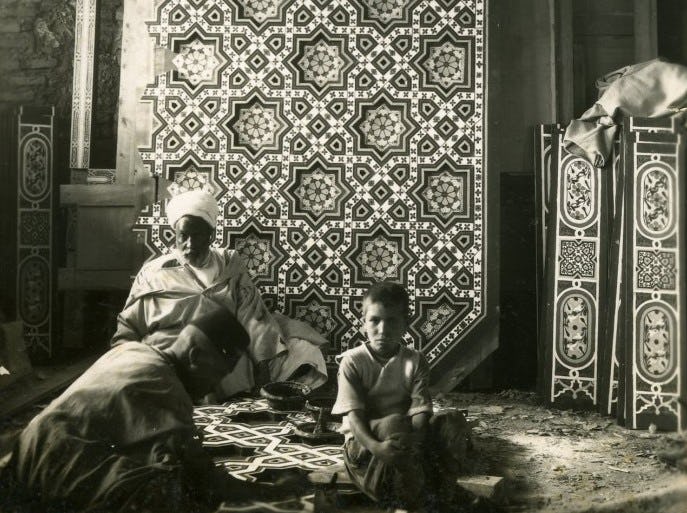Gilded and Enameled Water Pipe (Qalyan) with Figural Scenes
Date19th century
PeriodQajar
MediumEnameled gold and silver, wood
DimensionsOverall: 16 × 5 7/8 in. (40.6 × 14.9cm)
Other (a (Base)): 9 1/8 × 5 7/8 in. (23.2 × 14.9cm)
Other (b (Top)): 6 3/4 × 3 1/2 in. (17.1 × 8.9cm)
ClassificationsMetalwork
Credit LineCourtesy of the Doris Duke Foundation for Islamic Art
Object number44.4a-b
DescriptionThis qalyan - or water pipe - is crafted in two parts: a bell-shaped bottom water cavity, and a goblet-shaped upper cup for the coal and tobacco. The smoke would pass through, and be cooled by, the water before being inhaled. Frequently, aromatics such as rose petals would be added to the water. Tobacco was probably introduced into Iran by Portuguese traders via the American colonies and, together with coffee and tea, became a popular form of social refreshment. Elaborate water pipes such as this one were made of precious materials and enameled in several colors - including rich pinks, luminous greens, and vivid blues - to heighten the sensory pleasures associated with smoking. The four ovoid cartouches on the base depict figures in European dress: i) a pair of women reading (inscribed in black nastaliq with the signature of the artist, one of the great masters of Qatar enamel painting), ii) Queen Victoria, iii) a boy with a flute, and iv) two courtly women. On the cup, three of the seven cartouches depict half portraits, with three depicting couples - all in European dress, while a fourth features three nude nymphs. Fine enameling was an artistic hallmark of the royal court, with “Europeanized” subjects as seen here particularly popular in the late Qajar period.
On View
On viewCollections
19th century
19th century
Dated 1227 AH / 1812 CE
Dated 1227 AH (1812 CE)
19th century
19th century
16th - 17th century
Dated AH 1291 (1874 CE)
18th - 19th century
Dated AH 1291 (1874 CE)






















